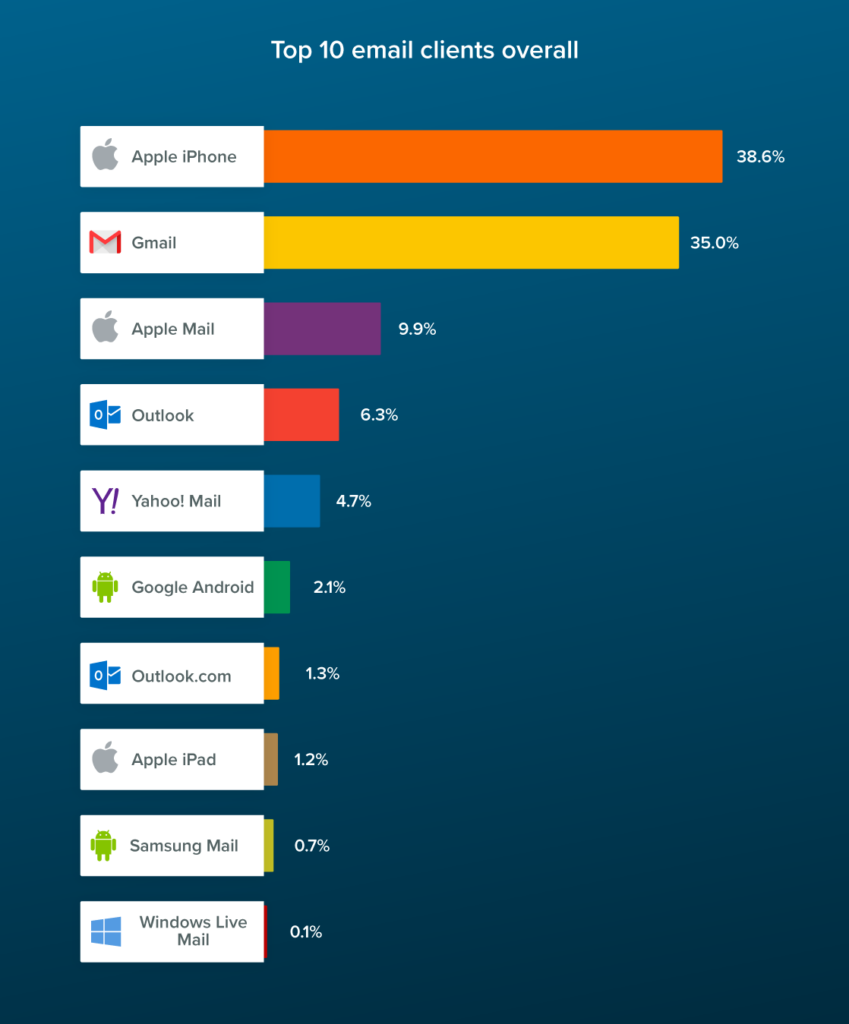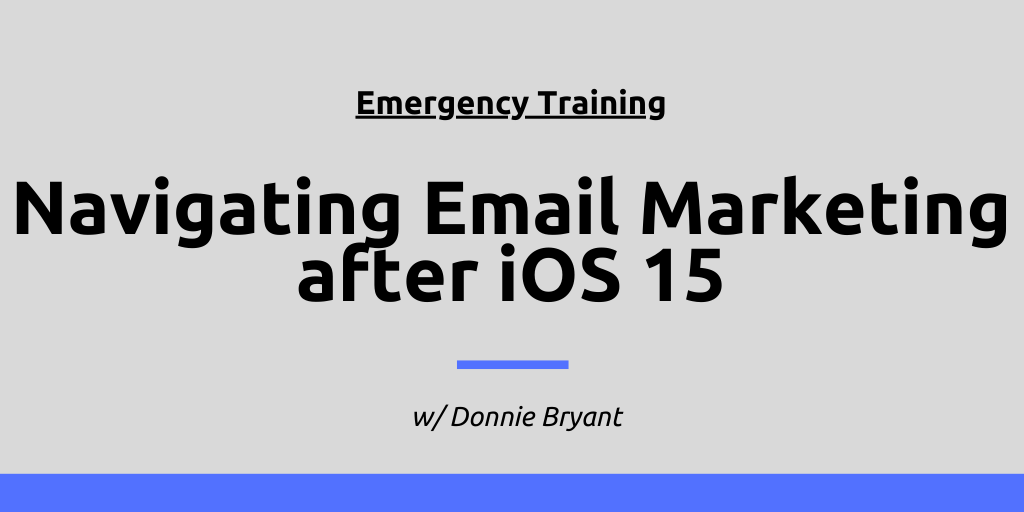What if the open rate on your next email hit 67% within minutes of sending it to your list?
Seems like a reason to get excited.
You might start thinking about all the orders that are about to start pouring in.
Guess what. There’s a good chance you’ll start seeing numbers like that in the near future.
But it’s not because two-thirds of your subscribers are opening your emails…
This is one of the immediately apparent effects of Apple’s soon-to-release iOS 15 update.
Every one of your readers who checks email from Apple Mail (even if they have non-Apple emails like Gmail or Yahoo) could have their emails marked as open…
The most recent data I’ve seen indicates that could be almost 50% of your list!

Here’s What You Need to Know
I recorded a video about iOS 15 back in June. It reveals some insights and actionable tips to help you navigate the coming changes.
Here’s the gist of it: starting as soon as mid-September, you won’t be able to trust open rates AT ALL…
And any marketing efforts you’re doing based on open rates will have to go back to the proverbial drawing board:
- split testing subject lines…
- segmenting engaged vs. unengaged (a ton of E-com store owners live by this one)…
- resending to non-openers…
- triggered emails…
…and more.
One of the shifts email marketers will have to make is focusing on clicks rather than open rates.
And one of the skills you (or your copy team) will need to is the ability to write emails that get clicked.
This has ALWAYS been important to drive sales.
But post-iOS 15… clickthroughs will be essential for testing, tracking and segmenting.
Otherwise, you’re sending emails in the dark.
For the unprepared, it’s about to be pandemonium out here.
If email makes up any percentage of your revenue, you have to start getting ready NOW.
On September 6, 2021, I’ll gave a live training on Zoom to show you how I write click-magnet emails. We even wrote one live during the training! Watch the recording here.
In recent emails, 19.3%… 26.1%… even 33.6% of my readers have clicked through.
(That’s a lot of sales opportunities, and it gives me a lot of engagement data I can use for testing, tracking and segmenting.)
I’ll also walk you through 4 more critical steps you need to take to navigate the new reality.
If you struggle getting clicks, this training will be good for you.
If you rely on 30-day or 60-opens to segment your emails list, this training will be good for you.
If you’re a copywriter or marketing strategist whose clients or potential clients depend on email to make sales, this training will be good for you — and could really make you stand out from your competitors who know nothing about this topic.
Watch the recording of my emergency iOS 15 training here.
I look forward to seeing you.

